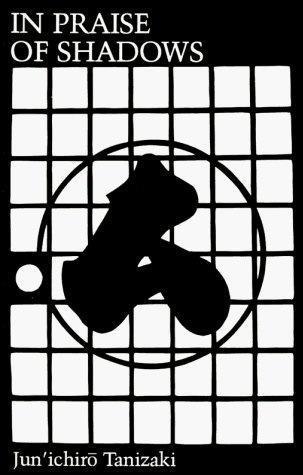What do you think?
Rate this book


56 pages, Paperback
First published January 1, 1933




We delight in the mere sight of the delicate glow of fading rays clinging to the surface of a dusky wall, there to live out what little life remains to them. We never tire of the sight, for to us this pale glow and these dim shadows far surpass any ornament. (9)










The quality that we call beauty must always grow from the realities of life, and our ancestors, forced to live in dark rooms, presently came to discover beauty in shadows, ultimately to guide shadows towards beauty's ends
how different everything would be if we in the Orient had developed our own science. Suppose for instance that we had developed our own physics and chemistry: would not the techniques and industries based on them have taken a different form, would not our myriads of everyday gadgets, our medicines, the products of our industrial art - would they not have suited our national temper better than they do?
To take a trivial example near at hand... if the [fountain pen] had been invented by the ancient Chinese or Japanese it would surely have had a tufted end like our writing brush... and since we would have found it inconvenient to write on Western paper, something near Japanese paper would have been more in demand. Foreign ink and pen would not be as popular as they are; the talk of discarding our system of writing for Roman letters would be less noisy.. But more than that: our thought and our literature might not be imitating the West as they are, but might have pushed forward into new regions quite on their own.
